Regarding the most polarizing cinematic visions in the past decade or so, it’s hard not to think of Cloud Atlas – the ambitious, centuries-spanning Sci-Fi epic directed by Tom Tykver and the Wachowski sisters. Also recorded as one of the most expensive independent films ever produced, the bold spiritual journey at the heart of Cloud Atlas divided audiences down the middle, leaving many to scratch their heads and ponder what the fate of the characters meant in the end. After all, the star-studded ensemble cast played multiple roles in the film across various timelines, with the story spanning from 1849 to 2321 in ways that intrinsically crossover and connect to a cerebral puzzle piece for viewers to solve. As such, a movie like Cloud Atlas warrants repeat viewings like no other.
Although recent reappraisals of the film have been more favorable in retrospect, a lot went into the making of Cloud Atlas that even the most hardcore fanatics may have missed. Between the development of the project, independent financing, and rising budgetary costs, to the altered shooting schedule resulting from an A-list injury, last-minute character changes, and casting decisions, to the division of directorial labor, musical compositions, and Warner Bros. nearly abandoning the project several times, why not look up to the sky and wonder once and for all…What The F*ck Happened to Cloud Atlas!
Now, for those unaware, Cloud Atlas is adapted from the 2004 novel of the same name by English author, David Mitchell. In 2005, star Natalie Portman read the novel and gave a copy of the book to Lana Wachowski while they were making V for Vendetta together. Lana was instantly hooked by the premise of the lofty project and by 2006, Lana and Lily Wachowski each penned a screenplay draft. Around the same time, the Wachowskis invited their friend and fellow filmmaker Tom Tykver to collaborate on subsequent drafts of the script. Portman was also familiar with Tykver, having worked together in a segment for the romantic anthology film Paris, Je T’aime in 2006.
By 2009, Tykver confirmed that he intended to work on the project with the Wachowskis, who had obtained the rights to the novel at the time. According to The New Yorker, Tykver and the Wachowskis took a vacation in Costa Rica to iron out the script and focus the six disparate tales into one unified whole. The result bloomed into a “Zen garden of index cards,” in which countless scenes from the novel were printed onto color-coordinated note cards that were constantly rearranged by the filmmakers until the story found its shape. According to the three directors, “We knew we had a finished script when every single scene in the script was our favorite scene,” with Lana adding, “Every scene was the most important reason for making the movie.”
During the movie’s four-year development period, Natalie Portman was attached to star in the film as the character Sonmi-451, a role that ultimately went to Korean actress Doona Bae. The primary reason Portman was forced to bow out of the project was due to her pregnancy in 2010.
By June 2010, Tykver began recruiting A-list talent to play the supremely challenging, multi-character arcs featured in the six interconnected stories. Tom Hanks and Halle Berry were among the first to be approached for the film, two bona fide Oscar winners who helped secure independent financing for the daring project. Meanwhile, James McAvoy and Sir Ian McKellan were asked to play parts in the picture, but they didn’t make it into the movie for one reason or another.
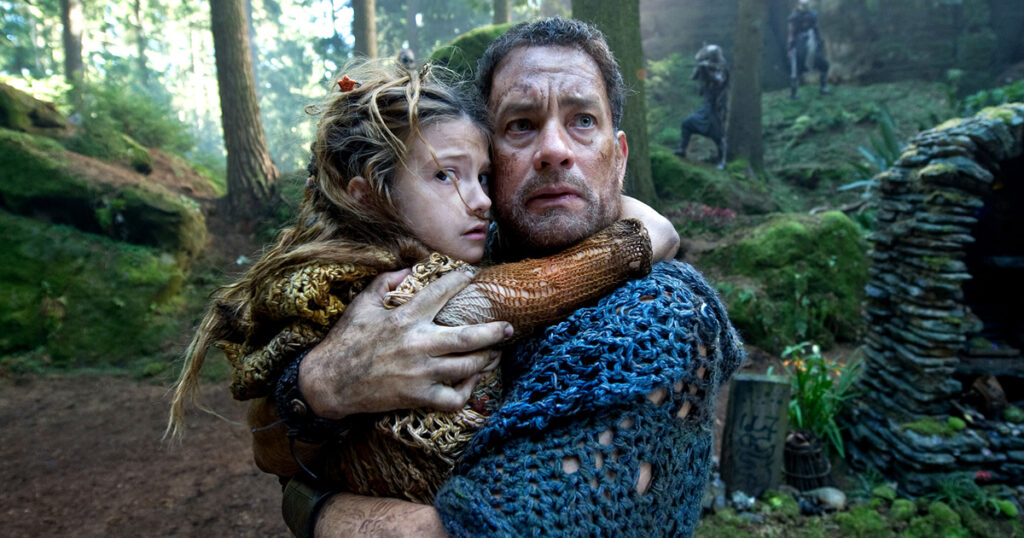
By April 2011, Tykver officially agreed to co-direct Cloud Atlas. One month later, Hanks and Berry were joined by actors Hugo Weaving, Jim Broadbent, Ben Winshaw, Doona Bae, and Susan Sarandon. As for Hugh Grant, he joined the cast just one day before principal photography commenced. Grant also convinced the filmmakers to add him to the fourth story, set in 2012 London, after his characters were limited to five chapters in the original script.
Despite the star-studded cast the filmmakers rounded up, the risky nature of the material made it very difficult to secure funding for the film. As such, the Wachowskis waived their directorial fees and invested $7 million of their own money into the project, indicating how passionate they were about the movie. Meanwhile, Warner Bros. nearly pulled out and cancelled the project several times before filming began when they expressed concerns about the escalating costs and box office uncertainty. According to the Wachowskis:
“Warner Bros. calls and, through our agent, says they’ve looked at the math and decided that they don’t like this deal. They’re pulling all of the money away, rescinding the offer. I was shaking. I heard, ‘Are you saying the movie is dead?’ They were like, ‘Yes, the movie is dead.”
As a result of Warner Bros.’s wavering, a huge portion of the budget came from the German government and various German production companies. In May 2011, Variety reported that the budget for Cloud Atlas had bloomed to a whopping $140 million, quite a price tag for a wholly original independent movie not based on a built-in IP. The Wachowskis credit Tom Hanks for enthusiastically championing the movie and never giving up on it even when it seemed more and more improbable.
“At the end of the meeting (with WB), Tom says, ‘Let’s do it. I’m in. When do we start?’ … Tom said this unabashed, enthusiastic ‘Yes!’ which put our hearts back together. We walked away thinking, this movie is dead but somehow, it’s alive and we’re going to make it. Every single time, Tom Hanks was the first who said, ‘I’m getting on the plane.’ And then once he said he was getting on the plane, basically everyone said, ‘Well, Tom’s on the plane, we’re on the plane.’ And so everyone flew [to Berlin to begin the film]. It was like this giant leap of faith. From all over the globe.”
It’s worth noting that Hanks was initially drawn to the project after having a conversation about two other fictional masterpieces with the directors in his office while casting was underway. Hanks was reportedly reading Herman Melville’s epic novel Moby Dick at the time. Following a lengthy discussion about the novel, Lana pointed to a poster of Stanley Kubrick’s 2001: A Space Odyssey hanging in Hanks’ office and said, “Moby Dick and this, that’s what we want to do.” After originally expressing reluctance about joining the project, Hanks instantly said, “I’m in.” Somewhat ironically, Melville is referenced by Timothy Cavendish to Dermott in Cloud Atlas. Of course, much like Cloud Atlas, Melville’s Moby Dick was dismissed at the time it was published only for it to be appreciated much later. Oh, how life imitates art!
After reworking the financial figures through tax credits and government incentives, the budget was eventually reduced to roughly $102 million as principal photography approached. By the time marketing and distribution costs were factored in, the overall budget for Cloud Atlas was roughly $146 million.
Given the geographical expanse of the movie, the massive logistical undertaking required filming to take place in various countries across multiple continents. Both real locations and fabricated studio sets were used in conjunction with each other. Principal photography on Cloud Atlas began on September 16, 2011, and lasted until December 2011. Filming began in Germany, where Studio Babelsberg served as the base camp for the entire production. Additional German locations included Berlin, Dusseldorf, and Saxon Switzerland.
Other filming locations in Europe took place in Glasgow and Edinburgh, Scotland. Believe it or not, the city of Glasgow doubled for the portions of the film set in San Francisco and London. For the Big Island and Pacific Island storylines, filming took place on the island of Majorca off the coast of Spain. As for the opening scene of the film, in which Adam Ewing meets Henry Goose, filming took place on Sa Calobra Beach in Majorca. When the ship was seen docking in the Pacific Island sequence, filming occurred in Port de Soller.
Even more interesting than the film locations is how the directorial duties were divided on Cloud Atlas. Rather than working as one unit, Tom Tykver went off with one film crew and was responsible for directing the film segments that took place in 1936, 1973, and 2012. Meanwhile, Lana and Lily Wachowski recruited a separate film crew and simultaneously set off to direct the stories set in 1849, 2144, and 2321. Oddly enough, Tykver and the Wachowskis were only on set together one time during the entire film shoot. When one of Tykver’s actors fell ill on the day of filming, he was forced to cancel and had enough free time to visit Lana and Lilly on the set and watch them work for a day. Despite producing segments independent of each other, it’s a true testament to Tykver and the Wachowskis that the film retains a unified vision and feels like one contiguous whole. Remember, Cloud Atlas is one of the few movies in cinematic history to have three directors credited for the same movie. Yet, it feels like the focused work of a single-minded auteur thanks to Tykver and the Wachowskis working together closely during the post-production and editing process.
As for the directorial differences between Tykver and the Wachowskis on Cloud Atlas, Halle Berry noted:
“Tom Tykver talked before we shot and Lana and Lily had you shoot first and then they talked about what they saw you did. They added their opinion and you did it again. It was very different but they had one cohesive vision. They were very clear about the movie they were making.”
Meanwhile, Hanks found the Wachowskis so pleasant and in control while making the movie that he began referring to them as “Mom and Dad” on set due to how well they worked together and fostered a cordial, family-like atmosphere.
Now, one of the biggest production shake-ups on Cloud Atlas occurred after Halle Berry suddenly broke five bones in her foot less than 48 hours before she was scheduled to begin filming. The movie was originally intended to be shot in chronological order. However, due to Berry’s abrupt injury, plans hastily changed and the film was shot out of sequence. Berry was mortified that she would be fired and replaced by another actor, stating: “I did think I was going to be recast,” adding, “I sat there in my bed, foot up in the air, and I got a call that Tom, Lana, and Lilly want to come talk to you. I thought, ‘They’re going to give me my walking papers and say, Love you but there are too many people involved, too many schedules have been made, so we’re bringing in Angela Bassett or somebody. But they said we love you and we want you to stay and we’re gonna work this out.”
Berry went on to credit Hanks for nursing her back to health while making the movie, stating:
“Tom [Hanks] would play nurse to me. He really took care of me. He would bring me coffee and soup and just stay with me during breaks in shooting because it was difficult for me to move around, especially at the beginning. I basically had to be helped back to my chair after every take, but you learn to adapt to the situation. But with Tom at my side, I was really able to go beyond my own expectations of what I was capable of as an actress.”
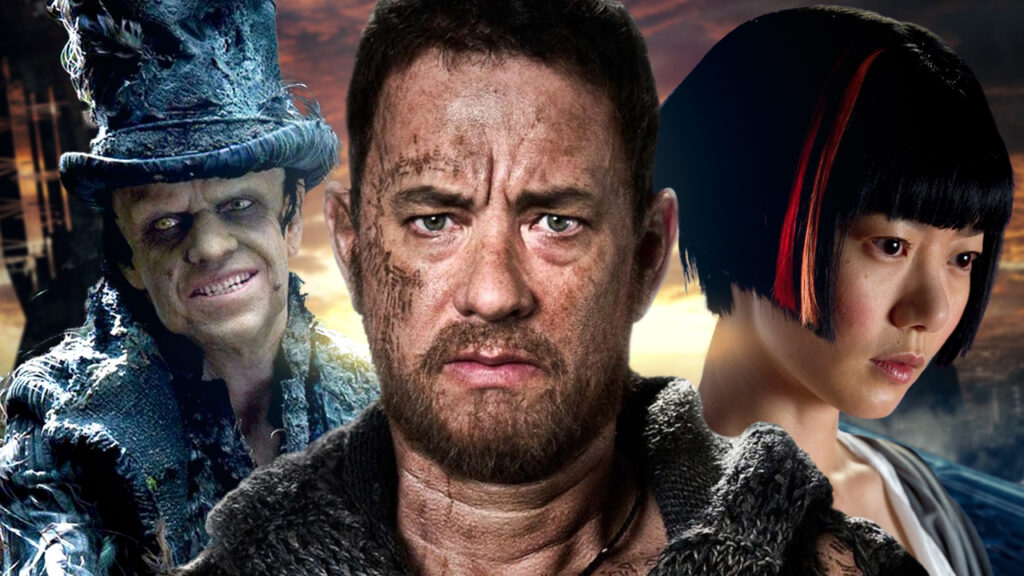
Speaking of the connection between Hanks and Berry on Cloud Atlas, the role of Dr. Ovid played by Berry in the penultimate segment was originally intended to be a female character played by Hanks. According to Berry, “I wasn’t always Dr. Ovid. At one point Tom was going to play Dr. Ovid and she was going to be a woman. And somewhere along the line, they said, ‘No, no you have to be Ovid because of your soul’s journey.” Hanks agreed, adding, “I could not be good at that point. I could not be servicing the heroes.”
While on the subject of the Neo-Seoul segment, it’s worth noting that Cloud Atlas author, David Mitchell, makes a brief cameo appearance as a freedom fighter who locks eyes with Sonmi-451 while walking down the stairs in the penultimate story.
To inhabit the physical appearance of each different character, the main cast underwent three days of wardrobe and make-up tests before cameras rolled. According to Hanks, “You’d walk in and you’d see 6 or 7 different versions of the character. Then you, the director, and the two heads of the make-up crews would start picking and choosing and you’d slowly build it with their help. And at the end, you’re looking at a different person.”
Part of the physical transformations that actors experienced involved contact lenses to alter eye color and appearance. According to Susan Sarandon, there were two separate teams of contact lens handlers on the set at all times because “there were so many flying around.”
Another cool tidbit about Cloud Atlas pertains to its casting director, Lori Kennedy. Because the movie lives and dies through the stellar performances of its international cast, the Wachowskis were so grateful for Kennedy’s work that they honored her with an official producer credit.
Speaking of amazing jobs, one of the most universally praised aspects of the movie includes the score and soundtrack, which includes over 2 hours of original music. For those unaware, Tom Tykver composed the score along with his longtime musical partners, Reinhold Heil and Johnny Klimek; a collective known as Pale 3 that had arranged music for many of Tykver’s previous films. Pale 3 also created music for the Wachowskis’ Matrix Revolutions in 2003, almost a decade before the filmmakers joined forces on Cloud Atlas. The music for Cloud Atlas was recorded in Leipzig, Germany, and was orchestrated by famed composer Gene Pritsker. Unfortunately, the soundtrack to Cloud Atlas was received far more favorably than the daring visionary movie itself.
Despite premiering to a 10-minute standing ovation at the Toronto International Film Festival in September 2012 (which JoBlo was there for!), Cloud Atlas deeply divided critics and performed disastrously at the domestic box office when it was officially released in the U.S. on October 26, 2012. Although it was expected to be a smash hit, the movie earned an abysmal $27.1 million against a $146 million budget in North America. While Cloud Atlas ultimately grossed a total of $130.5 million worldwide, the movie is still considered a financial failure as one of the most expensive independent movies ever produced. What’s extra galling about the movie’s poor reception is how the Wachowskis broke their no-press policy to promote the picture, going so far as to introduce the movie along with Tykver in a six-minute trailer that Lana and Lilly wrote, produced, directed, shot, and edited. In the end, their promotional efforts mattered little when it came to the movie’s underwhelming box office performance. Adding insult to injury, both Time Magazine and the Village Voice named Cloud Atlas the worst movie of 2012.
And yet, in retrospect, Cloud Atlas has become a bit less polarizing and more popular in the past decade. Beyond the critical reassessments of the film, Tom Hanks continues to claim that Cloud Atlas was one of the most enjoyable times he had while making a movie, along with A League of Their Own and Cast Away. Hanks also stated that Cloud Atlas is one of his favorite movies that he’s starred in and one of the only films he’s been in that he’s seen more than twice.
Per the Bill Simmons Podcast in 2021, Hanks fondly romanticized:
“We shot (Cloud Atlas) on a hope and a dream and nothing but a circle of love. We were part of this big, massive ensemble of fantastic people who were just trying to do the hardest, best work on a deep throw…that whole movie was such a deep throw that making it was magical.”
Alas, despite the magical outcome Cloud Atlas produced at the time, the bold and unique vision by Tom Tykver, Lana, and Lilly Wachowski never received the credit they deserved for making such a daring cinematic expression of the human condition. Despite the passion and painstaking efforts made to bring an original independent epic to the masses, 2012 marked a transitional period in Hollywood where even the most talented and proven filmmakers stood little chance of competing with the likes of soulless comic-book tentpoles and formulaic superhero movies made for children. The saddest part about What The F*ck Happened to Cloud Atlas is that it proved there was less of an appetite for original, cerebrally challenging epics than there was for mindless entertainment based on preestablished properties. Not to sound too gloomy as we ring in a new year, but If such a troubling trend doesn’t reverse soon, the true artistry of filmmakers like Tykver and the Wachowskis will continue to be an endangered species in the future of Hollywood.






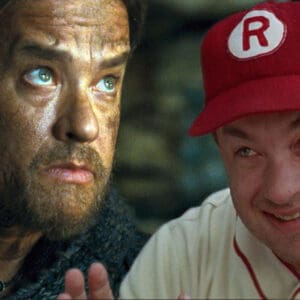
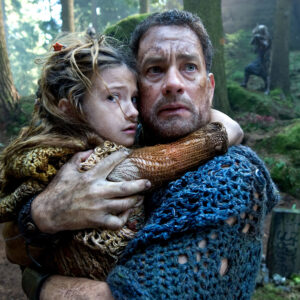

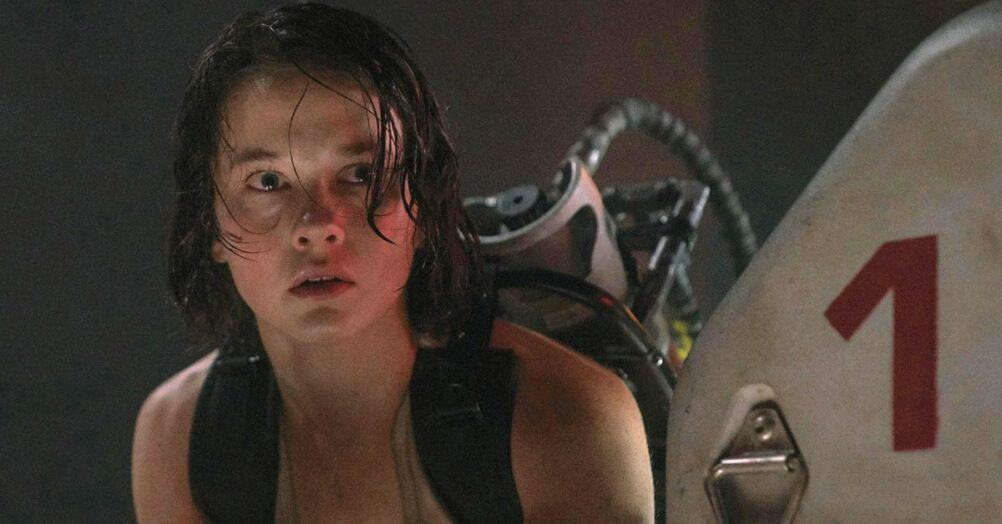


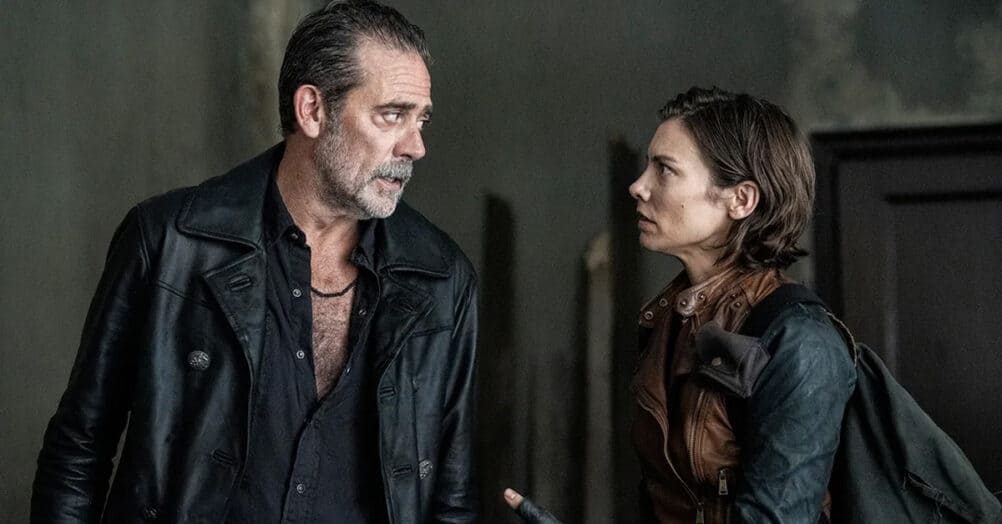
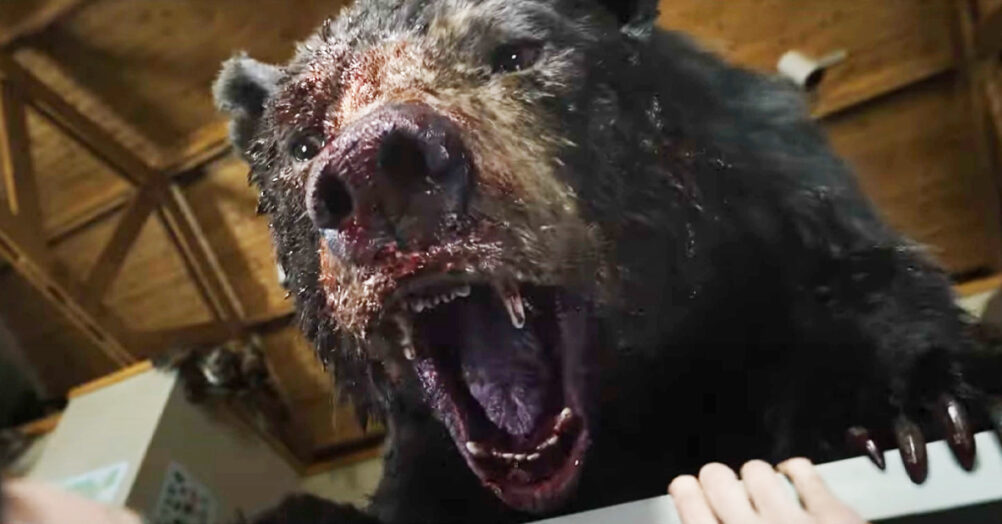


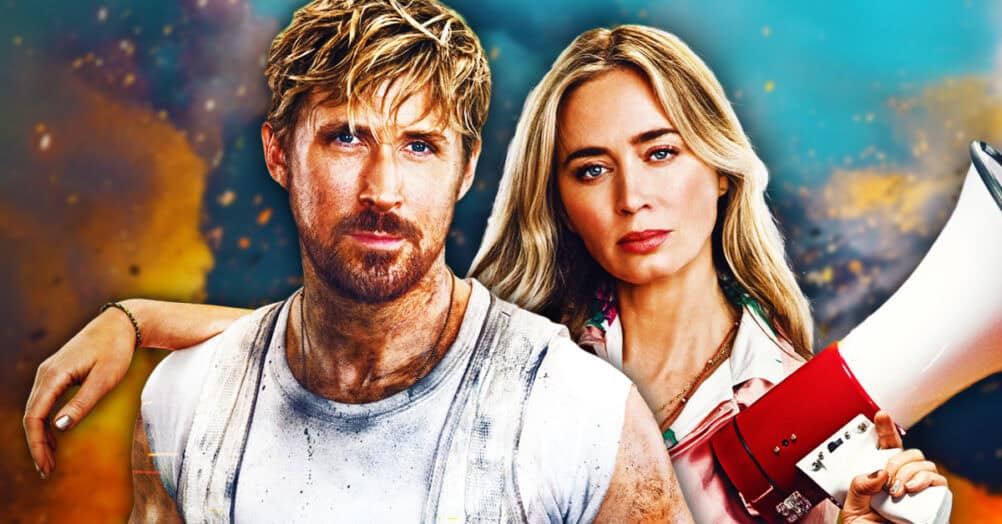

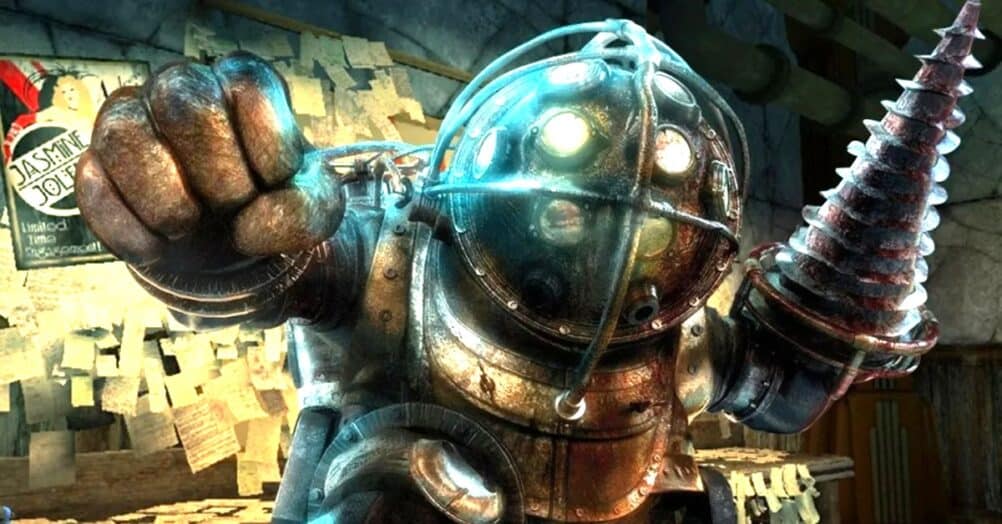
Follow the JOBLO MOVIE NETWORK
Follow us on YOUTUBE
Follow ARROW IN THE HEAD
Follow AITH on YOUTUBE